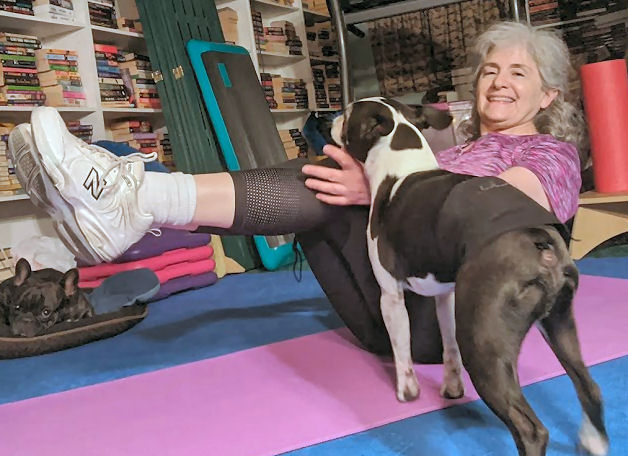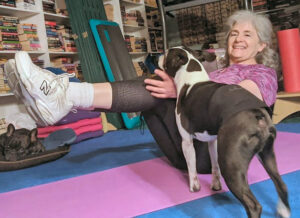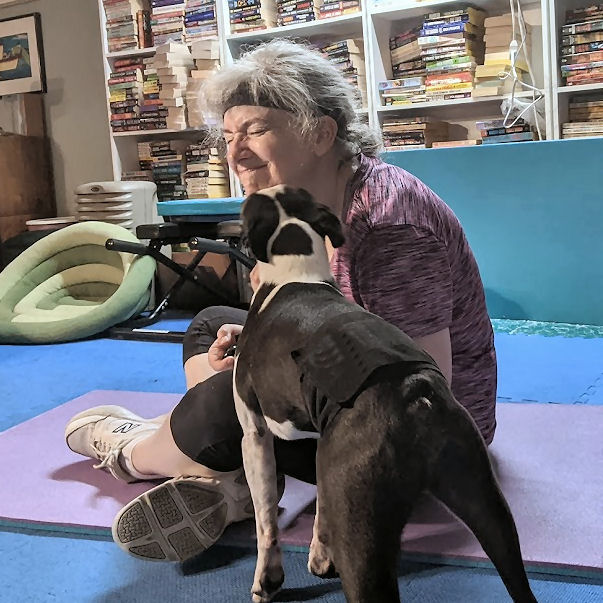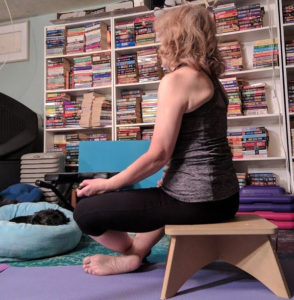Are you one of those people who are always cold? Me, too. I love the fall and spring seasons, because it’s not too hot and not too cold. I’m not crazy about summer because I don’t like to sweat. And for me, winter is the worst. My hands are always cold, and I put on my thick socks to try to keep my feet warm. The only time I feel comfortable in the winter is when I’m under my heated blanket or if I’m exercising. Yes, you can, actually, stay warm in the winter with exercise. A friend had to agree with me the other day when I told her that a good Pilates core session can heat me up like nothing else.
Same exercise clothes year-round
I don’t change my workout gear when it’s cold out. I wear a t-shirt and shorts, and, of course, socks and sneakers. When I exercise in the winter I start out cold but warm up quickly. By the way, when an exercise instructor says you’re going to do a “warm-up,” they mean you’re going to get your body used to moving. The internal warm-up doesn’t happen until you’re into the session.
When you exercise, especially if it’s strenuous, your body’s heat production rises immensely – like 1,000 watts. Some of this heat is stored by your body, which raises your core temperature by a few degrees. This is sensed by your skin and other internal thermoreceptors and triggers your brain to respond – you start to sweat. And it doesn’t take long to feel the warmth. I’m in it for about 10 minutes and I’m not feeling as cold.
Pilates and warmth
Like I said before, a good Pilates workout really makes me feel warm. The reason for that is that I’m contracting my core muscles like crazy. And those muscle contractions produce heat. Of course, other exercises will have you contracting muscles, but sustained core muscle contractions are a trademark of Pilates.
So, sure, you can put a sweater on, but a sure-fire way to stay warm in the winter is with exercise. I’m as good as anyone at finding reasons not to exercise. But, staying warm in the winter helps me feel happier. If I’m not shivering, it’s a good thing. I don’t feel like I’m frozen in place, so I can be more productive. So, in addition to all the other benefits, I stay warm in the winter with exercise.

















